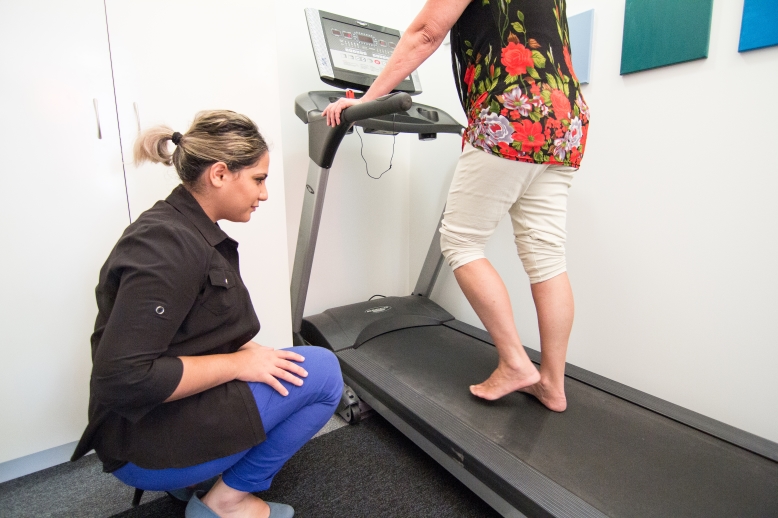5 Things That Are Causing Your Heel Pain
January 5, 2019

Heel pain sucks – and we hear this expressed with much pain and frustration daily from our patients. When your ability to walk is affected, it impacts your whole day and freedom to not just do the things you enjoy, but generally complete simple everyday tasks.
Treating and relieving heel pain effectively starts with identifying the cause, then working to allow the injured structure to heel (and speeding up the process). Because there are many potential causes of heel pain, we thought we’d list the top 5 conditions/injuries that cause heel pain for our patients here at Perform Podiatry. Here we go:
Plantar Fasciitis
Plantar fasciitis is the biggie. We treat hundreds of patients each year with plantar fasciitis, which unfortunately develops in a lot of people when they’re on their feet, running around or have decided to get fit and exercise more. It describes damage to a fan-like fibrous band that attaches from the bottom of your heel to your toes, called the plantar fascia. It’s more common in those with flat feet. You’ll experience:- Pain at the bottom of the heel
- Radiating aches up into the arch
- Pain that is the worst with your first few steps in the morning, which then tends to ease
- Pain when standing after resting
Abductor Hallucis Tendinopathy
Abductor hallucis tendinopathy (AHT) is an injury to the abductor hallucis muscle, which runs from the bottom of your heel to the big toe. It follows a similar route to the plantar fascia (except that it doesn’t fan out), so is often misdiagnosed for plantar fasciitis. You’ll experience:- Aches or pain at the bottom or inside of your heel
- Tenderness may radiate inside the arch
- Pain that is the worst with your first few steps in the morning, which then tends to ease
- Pain when standing after resting
Achilles Tendinopathy
Achilles tendinopathy is an injury to the Achilles tendon – a thick band that connects the calf muscles to the back of your heel bone. This tendon plays an important role in helping us walk. You’ll experience:- Pain, aches and tenderness at the back of the heel
- Pain that can be worsened by physical activity, especially running
- Tenderness that may radiate up the back of the leg
- Stiffness at the back of the heel
- Inflammation at the back of the heel
Sever’s Disease
Sever’s disease is a temporary condition that occurs when kids are growing quickly, especially between the ages of 8 and 15 years. It describes the irritation of a growth plate situated at the back of the heel. Growth plates are present in all growing bones and solidify once the bone has reached full maturity. When strain and forces from surrounding muscles and tissues pull on the area around the growth plate, damage to the growth plate occurs. Kids will experience:- Pain and tenderness at the back of the heel
- Pain during and after physical activity
- Both sharp pains and dull aches
- Tightness in the muscles at the back of the legs
- Potential swelling at the back of the heel
Heel Fractures
There are two types of fractures:- Stress fractures
- Regular fractures
- Sharp pain at the heel (regular fractures)
- Dull, aching pain that can start very mildly (stress fracture)
- Tenderness in the area of the heel
- Difficulty putting the heel down and bearing weight (mild to severe)
